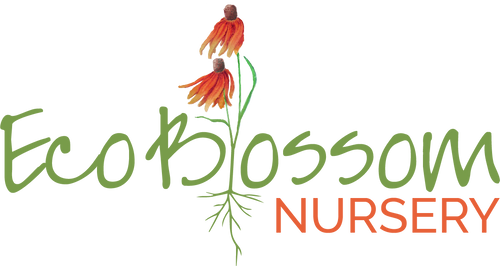Baptisia australis (Blue Wild Indigo)
$ 8.98
Also known as Wild Blue Indigo and Blue False Indigo.
Blue Wild Indigo is a bushy perennial with blue-purple pea-like flowers. Clusters of black seedpods often persist through the winter, and make great addition to dried flower arrangements. It is a deep-rooted native legume (fixes nitrogen in the soil) that can be slow to mature. It develops extensive root system with age. It attracts native bees and is a host plant for multiple butterflies. It does not grow well in shade. It prefers gravelly, sandy or well-drained loamy soils.
Blue Wild Indigo has a deep taproot and does not respond well to being moved. It is sensitive to juglone and tends to perform poorly when planted close to black walnut trees.
AT A GLANCE
| Texas native |
Yes |
| Water use | Medium |
| Sun exposure | Full sun to part sun |
| Bloom color | Purple, blue |
| Bloom time | Spring, summer |
| Mature height | 3-5 ft |
| Mature spread | 3-4 ft |
| Attracts | Bees, butterflies |
| Host plant | Wild Indigo Duskywing, Eastern Tailed-Blue, Orange Sulphur, Clouded Sulphur, Frosted Elfin, and Hoary Edge butterflies. |
| Deer resistant | Moderately |
| Poisonous | Toxic if ingested. Plant is unpalatable and consumption is rare except when the animal is forced to eat it, for instance in the hay. |
| Notes | Native bee and bumble bee friendly. |
DISTRIBUTION MAPS
 Present in state Present in state |
 Present in county and native Present in county and native |
 Native to North America, but adventive & escaped in state Native to North America, but adventive & escaped in state |
 Not present in state Not present in state |
 Present and rare, native in county Present and rare, native in county |
 Previously present, now extinct Previously present, now extinct |
 Questionable presence (cross-hatched, regardless of color) Questionable presence (cross-hatched, regardless of color) |








